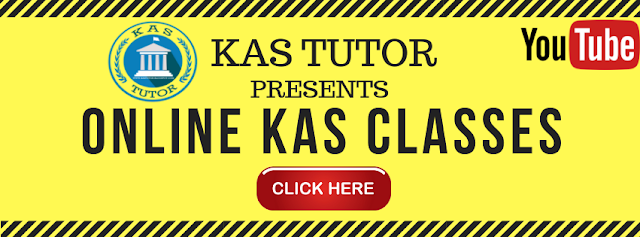Renaissance in Kerala eBook for Kerala PSC Exams | Buy Online
Are you a serious aspirant of a government job through Kerala PSC examination? Do you want to clear the upcoming Kerala PSC exam in the very next attempt? Then we can help you reduce 20% of your effort with some quality stuff prepared for you. All you need to do is just read, read and read! This article discusses eBook prepared for the Kerala PSC exam topic Renaissance in Kerala which includes all the facts and details according to the latest syllabus of Kerala PSC and nowhere you need to search for more contents and facts which clarify your doubts. You can find the link to get this eBook online into your email address on this page. Click this image to get the eBook As you are all aware, the topic renaissance in Kerala is important for each and every Kerala PSC examination whether it is last grade examination or Kerala Administrative Examination (KAS) . This eBook can be a complete study material for Kerala Renaissance syllabus for the upcoming Kerala PSC exams inclu...






Thanks, It helps
ReplyDeleteHi,
DeleteYou are welcome.
regards
Excellent blog!
ReplyDeleteExcellent blog!
ReplyDeleteThanks for the compliment!
DeleteIntegrated Child Development Services (ICDS) In Hindi के इस लेख में आपको Objectives Of ICDS, ICDS LogIn, ICDS Full Form, ICDS Anganwadi, ICDS Programme PDF की जानकारी दी गई है। Integrated Child Development Services (ICDS) के बारे मे सम्पूर्ण जानकारी के लिए आप इस लेख को पूरा पढे। इस लेख मे आपको Pradhan Mantri Schemes की जानकारी भी दी गई है। Integrated Child Development Services
ReplyDeleteThank you for share your post may be useful..!
ReplyDeleteVisit now for more Kerala Psc